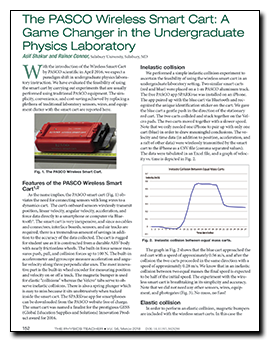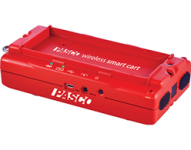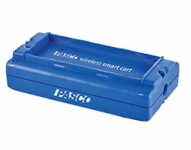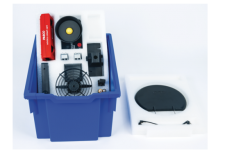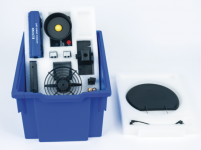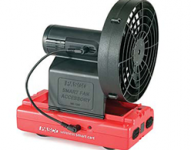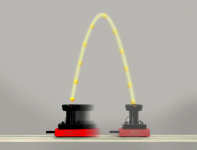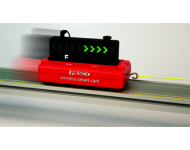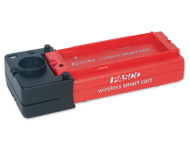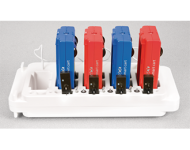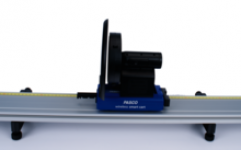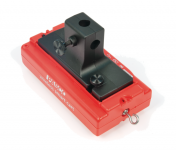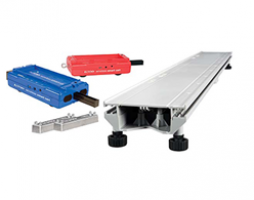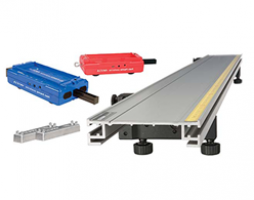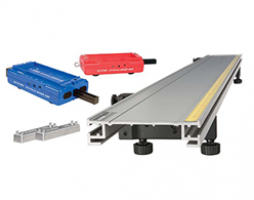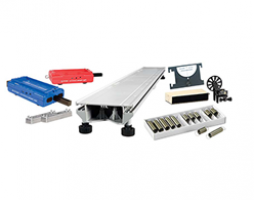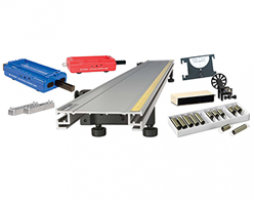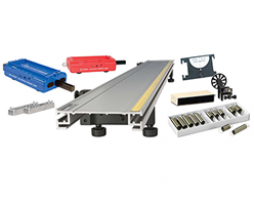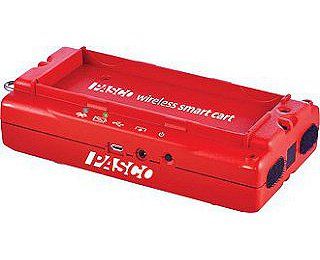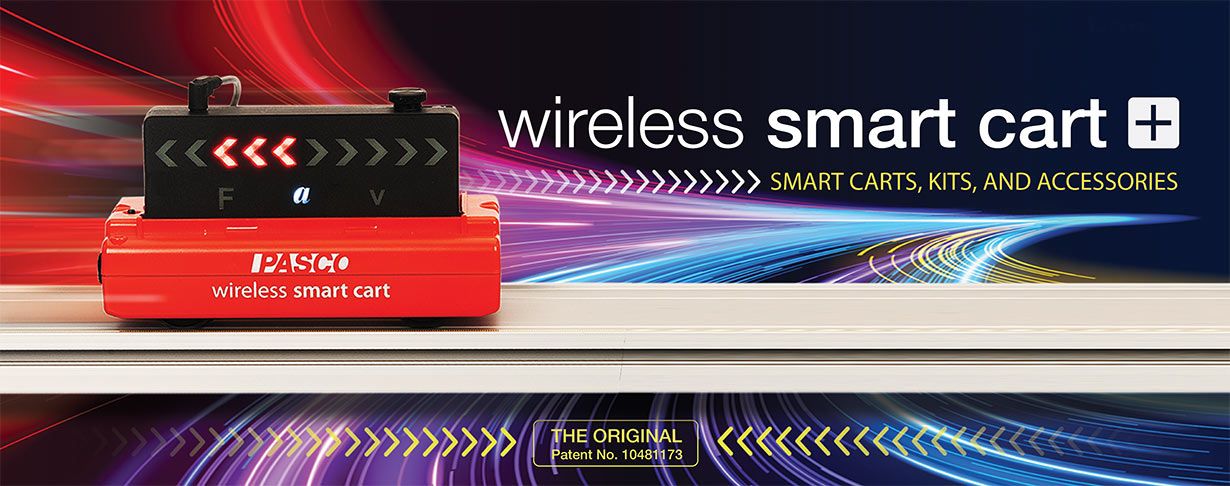
The PASCO Smart Cart is the ultimate tool for studying kinematics, dynamics and more. It is based on a durable ABS body with nearly frictionless wheels just like our high quality PAScars. But now we’ve added built-in sensors that measure force, position, velocity, and 6 degrees of freedom in acceleration. The Smart Cart can make these measurements on or off a dynamics track and transmit the data wirelessly over Bluetooth®.
The most advanced physics cart ever created and all without the hassle and restrictions of cables. Best of all, the Smart Cart represents a huge cost savings over having to purchase all the components (cart, several sensors, an interface) separately.
The PASCO Smart Cart was taken through its paces in the April 2018 edition of The Physics Teacher.
In this unsolicited review, professors Shakur and Rainor examined the use of the Smart Cart in traditional mechanics experiments.
“The convenience and simplicity of not getting tangled up in the cluter of all those wires cannot be overstated. We expect the smart cart to usher in a paradigm shift in undergraduate physics laboratory instruction.”
Wireless Smart Carts & Accessories
Featured Smart Cart Videos
Fourteen great ideas for using the PASCO Wireless Smart Cart in your physics lab. Plus one bad one.
Includes all of the accessories you need to perform amazing physics demonstrations in kinematics and dynamics.
See how PASCO’s innovative Wireless Smart Cart can measure position, velocity, acceleration, force, and more, both on and off a track.
Delve into the solar system with Dan Burns as he uses a Smart Cart system to explain supernovas.
Use the Wireless Smart Cart and SPARKvue software to measure the impact force of a collision, then see how the impact can be reduced with student designed bumpers and barriers.
Get a deeper understanding of position, velocity and acceleration by matching your motion to the graphs in MatchGraph!
See some amazing projectile shots with the new Smart Ballistics Cart Accessory and the PASCO Smart Cart
Data Collection
Smart Carts boast an amazing array of technology under the hood.
- Wheel encoder for measuring position, velocity & acceleration
- 100 N Load Cell to measure pushes, pulls or collisions
- 3-axis Accelerometer gives acceleration in any direction and the resultant acceleration
- 3-axis gyro for measuring rotation
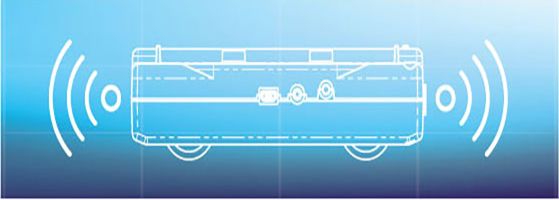
Data collection and analysis in real time.
Smart Carts require either PASCO Capstone software on Windows® and Mac® computers, or SPARKvue software to pair directly with computers (Mac/Window), tablets (Windows, iPads & Android), phones (iPhones & Android) and even Chromebooks™
Engineered to save you money:
Not only is the Wireless Smart Cart the most advanced dynamics cart ever created, but it is the most cost effective as well since it replaces separate interfaces, motion sensors, photogates, forces sensors, accelerometers and more by integrating those functions into a single simplified system.

The Wireless Smart Cart uses Bluetooth® Smart to wirelessly connect directly to your devices running PASCO software with nothing else required. Connect quickly and easily using in-app pairing. With no interfaces or cables, set up time is minimal and any surface can become your laboratory.
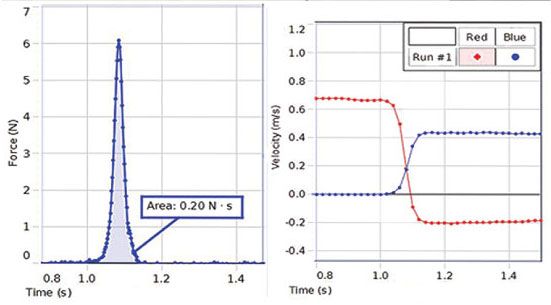
Free Downloadable Student Lessons
Each of the seven student lessons consist of a Word document (which can be edited) and experiment set up files for both Capstone and SPARKvue.

